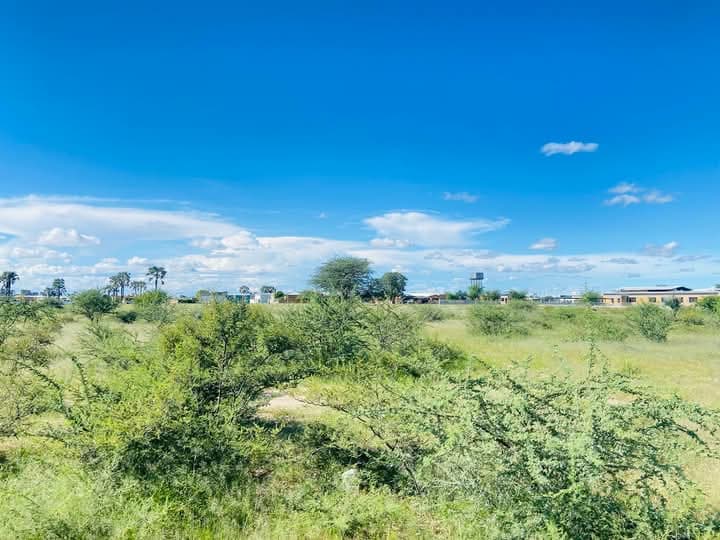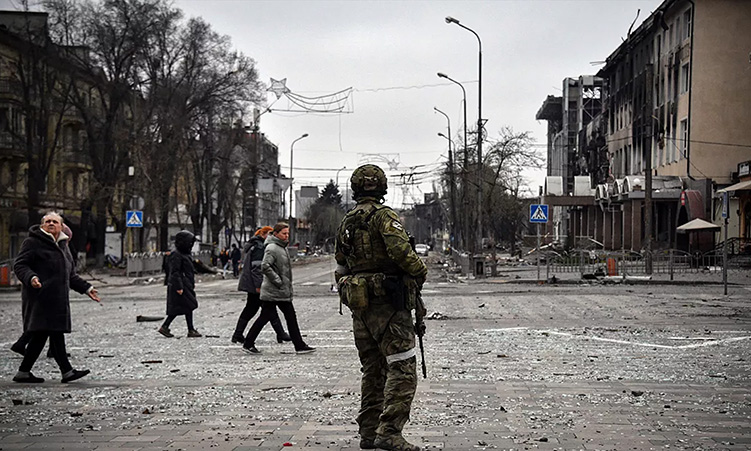WITH full moons on July 2 and 31, this month brought us the first ‘blue moon’ [the second full moon of a month] since November 2001.
The next time this will happen will be in June 2007 – on average we get seven ‘blue moons’ every 19 years. Occasions when the moon actually appears blue are much rarer and only occur if dust or smoke with unusual properties is abundant in the atmosphere.But once in a blue moon, the right kind of forest fire can do it.Last quarter [half moon in the morning sky] was on July 9, and new moon on July 17 at 13h24.Observers in South Africa and in the Middle East will only see the young crescent on July 18.Bright Jupiter is 3 degrees south of the crescent moon on the 21st, and first quarter moon [half phase in the evening sky] was on July 25.At 01h01 SAST on July 2, the Moon made its closest approach to Earth in July (perigee – 357 450 km).Since this was a little over 12 hours before the moment of full moon (13h09), the full moon should again look unusually big and bright this month.The Moon was at its furthest from Earth on July 14 [apogee – 406 191 km].The Moon will not turn blue, though.Since the 1970s it has become common to call the second full moon in a month – the Moon was also full on July 2 – a blue moon.Although the saying “once in a blue moon” is used to indicate something rare, blue moons occurring about seven times every 19 years does not make that event particularly rare.Over the next 20 years there will be a total of 17 blue moons, but there won’t be any in 2006, 2011, 2014 and 2017.Only February cannot have a blue moon as it only has 28 days – one lunar cycle.According to the Oxford English Dictionary, the first reference to a blue moon comes from a proverb recorded in 1528:”If they say the moon is blue, We must believe that it is true.”References to the moon as looking blue came after the August 1883 Krakatoa volcano eruption in Indonesia, when dust hurled into the atmosphere made the moon actually appear blue.* Compiled by Albert RoodtOccasions when the moon actually appears blue are much rarer and only occur if dust or smoke with unusual properties is abundant in the atmosphere.But once in a blue moon, the right kind of forest fire can do it.Last quarter [half moon in the morning sky] was on July 9, and new moon on July 17 at 13h24.Observers in South Africa and in the Middle East will only see the young crescent on July 18.Bright Jupiter is 3 degrees south of the crescent moon on the 21st, and first quarter moon [half phase in the evening sky] was on July 25.At 01h01 SAST on July 2, the Moon made its closest approach to Earth in July (perigee – 357 450 km).Since this was a little over 12 hours before the moment of full moon (13h09), the full moon should again look unusually big and bright this month.The Moon was at its furthest from Earth on July 14 [apogee – 406 191 km].The Moon will not turn blue, though.Since the 1970s it has become common to call the second full moon in a month – the Moon was also full on July 2 – a blue moon.Although the saying “once in a blue moon” is used to indicate something rare, blue moons occurring about seven times every 19 years does not make that event particularly rare.Over the next 20 years there will be a total of 17 blue moons, but there won’t be any in 2006, 2011, 2014 and 2017.Only February cannot have a blue moon as it only has 28 days – one lunar cycle.According to the Oxford English Dictionary, the first reference to a blue moon comes from a proverb recorded in 1528:”If they say the moon is blue, We must believe that it is true.”References to the moon as looking blue came after the August 1883 Krakatoa volcano eruption in Indonesia, when dust hurled into the atmosphere made the moon actually appear blue.* Compiled by Albert Roodt
Stay informed with The Namibian – your source for credible journalism. Get in-depth reporting and opinions for
only N$85 a month. Invest in journalism, invest in democracy –
Subscribe Now!










